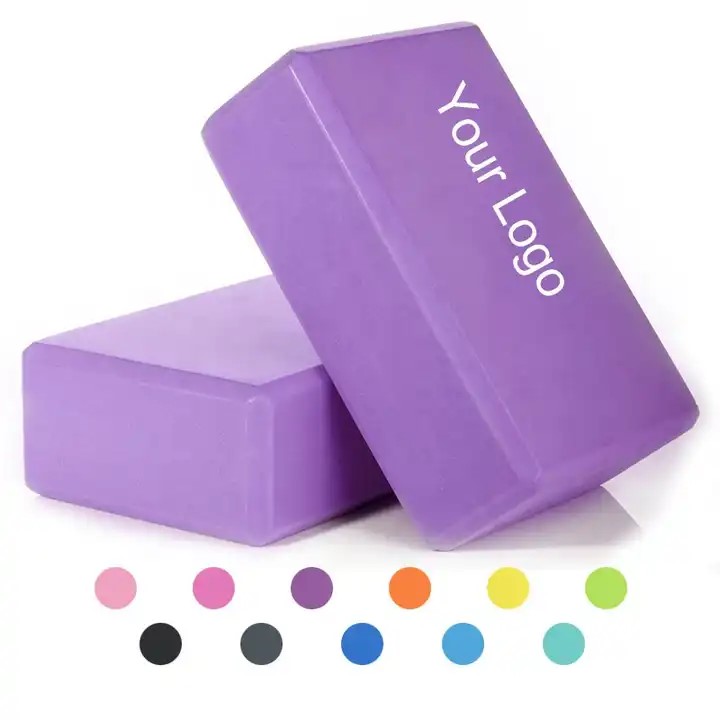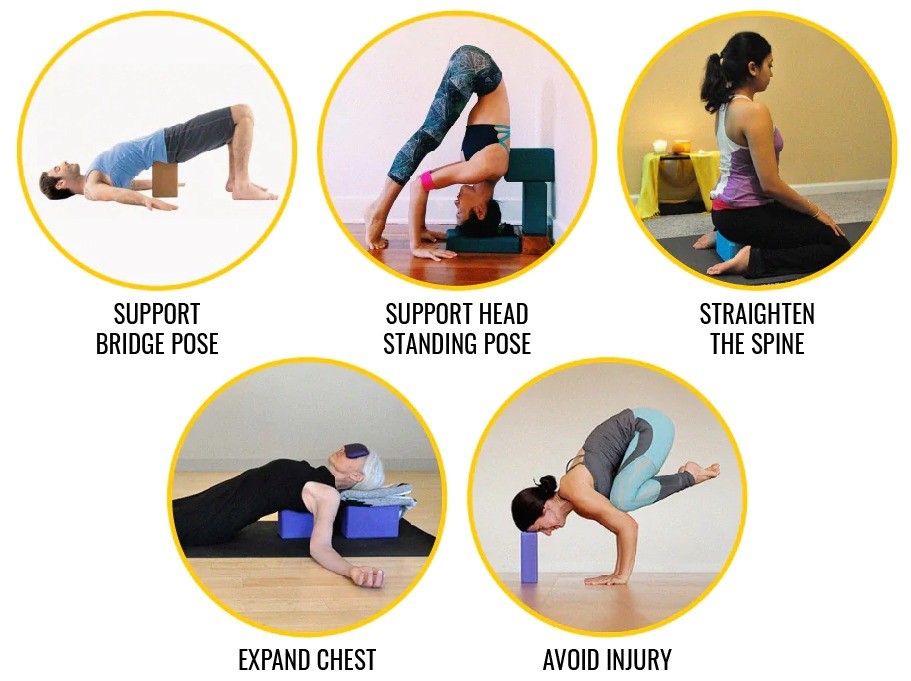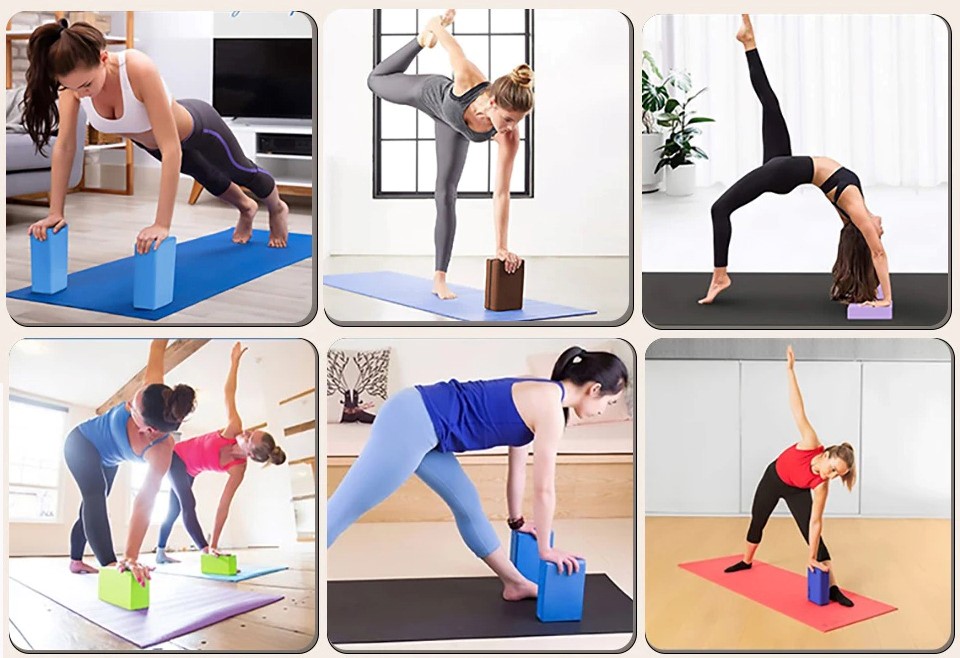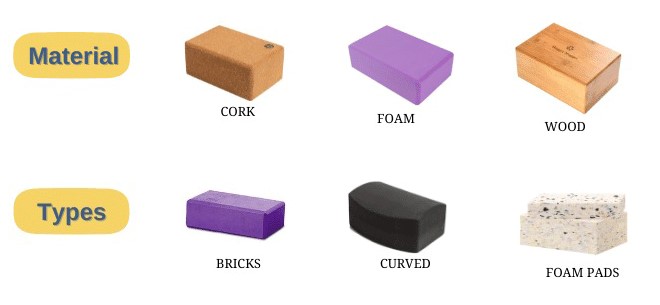Yoga blocks are essential props commonly used in the practice of yoga. These blocks, typically made of cork, foam, or wood, provide stability, support, and alignment during yoga poses. They are versatile tools that can benefit individuals of all levels, from beginners to experienced practitioners. In this article, we will explore the purpose and benefits of yoga blocks, how to use them effectively, and the various materials available.

Benefits of Yoga Blocks:
Yoga blocks offer numerous benefits to practitioners. Firstly, they provide support and stability, particularly for those with limited flexibility or strength. By placing a block under the hand or foot, individuals can comfortably achieve proper alignment and engage in poses that may have otherwise been challenging.
Secondly, yoga blocks allow modifications that enable practitioners to deepen a stretch or advance their practice. They can be used to increase the height or length of the arms, legs, or torso, providing additional space for exploration and progression in poses.
Moreover, yoga blocks assist in maintaining proper posture and alignment, reducing the risk of injury. They allow practitioners to focus on alignment cues and engage the correct muscles, promoting a safe and effective practice.

Using Yoga Blocks:
Yoga blocks can be used in various ways depending on the pose and the practitioner's needs. Here are some common uses:
1. Support in Standing Poses:
In standing poses like Triangle or Half Moon, blocks can be placed under the hand, allowing individuals to maintain stability and proper alignment. The block provides a solid foundation and helps create space for the body to find balance while preventing strain or overexertion.
2. Enhancing Flexibility:
Yoga blocks can aid in deepening stretches, particularly in forward folds or seated poses. By placing a block on the floor in front of the feet or under the hands, individuals can gradually work towards reaching further, lengthening the spine, and achieving a deeper stretch.
3. Support in Restorative Poses:
During restorative yoga practices, blocks can be used to support the body and promote relaxation. For example, placing blocks under the shoulders or hips in supported bridge pose helps release tension and allows for a gentle opening of the heart.

Materials and Considerations:
Yoga blocks are available in different materials, including cork, foam, and wood. Each material has its advantages and characteristics.
Cork blocks provide a firm and stable surface, offering a good grip and durability. They are eco-friendly and naturally antimicrobial. Cork blocks are great for practitioners who prioritize sustainability and appreciate the natural feel and traction.
Foam blocks are lightweight and more affordable. They offer a softer surface and cushioning effect, making them suitable for beginners or those seeking additional comfort during their practice.
Wood blocks provide the most solid and durable option. They are exceptionally sturdy, providing stable support for poses that require greater strength or balance. However, they may be heavier and less portable compared to foam or cork blocks.
When choosing a yoga block, consider factors such as your practice level, personal preferences, and budget. Test different options and materials to determine which feels most comfortable and supportive for your individual needs.

Conclusion:
Yoga blocks are essential tools for yoga practitioners of all levels. They offer support, stability, and adaptability, allowing individuals to safely explore, deepen stretches, and maintain proper alignment. Whether you are a beginner looking for support or an experienced yogi seeking to advance your practice, incorporating yoga blocks into your routine can enhance your overall experience and provide numerous benefits. Choose a block that suits your practice goals, material preferences, and budget, and embark on a yoga journey that is supported, aligned, and filled with growth and fulfillment.
Post time: Jan-05-2024
